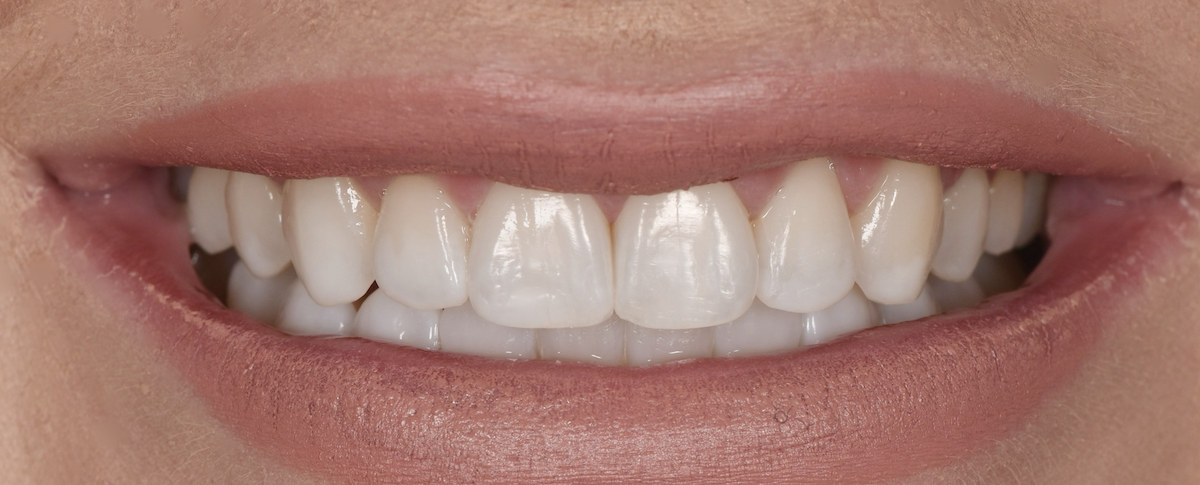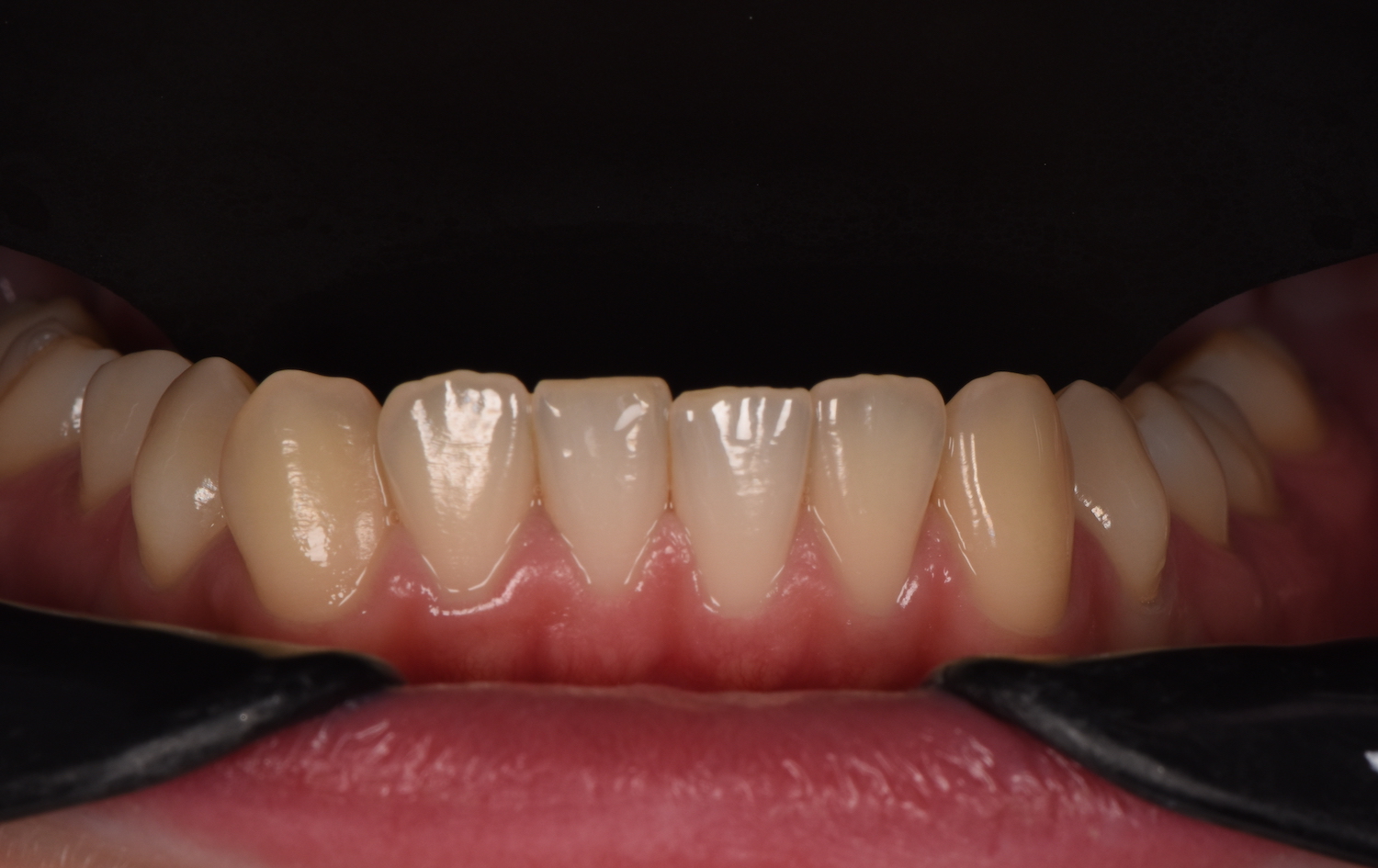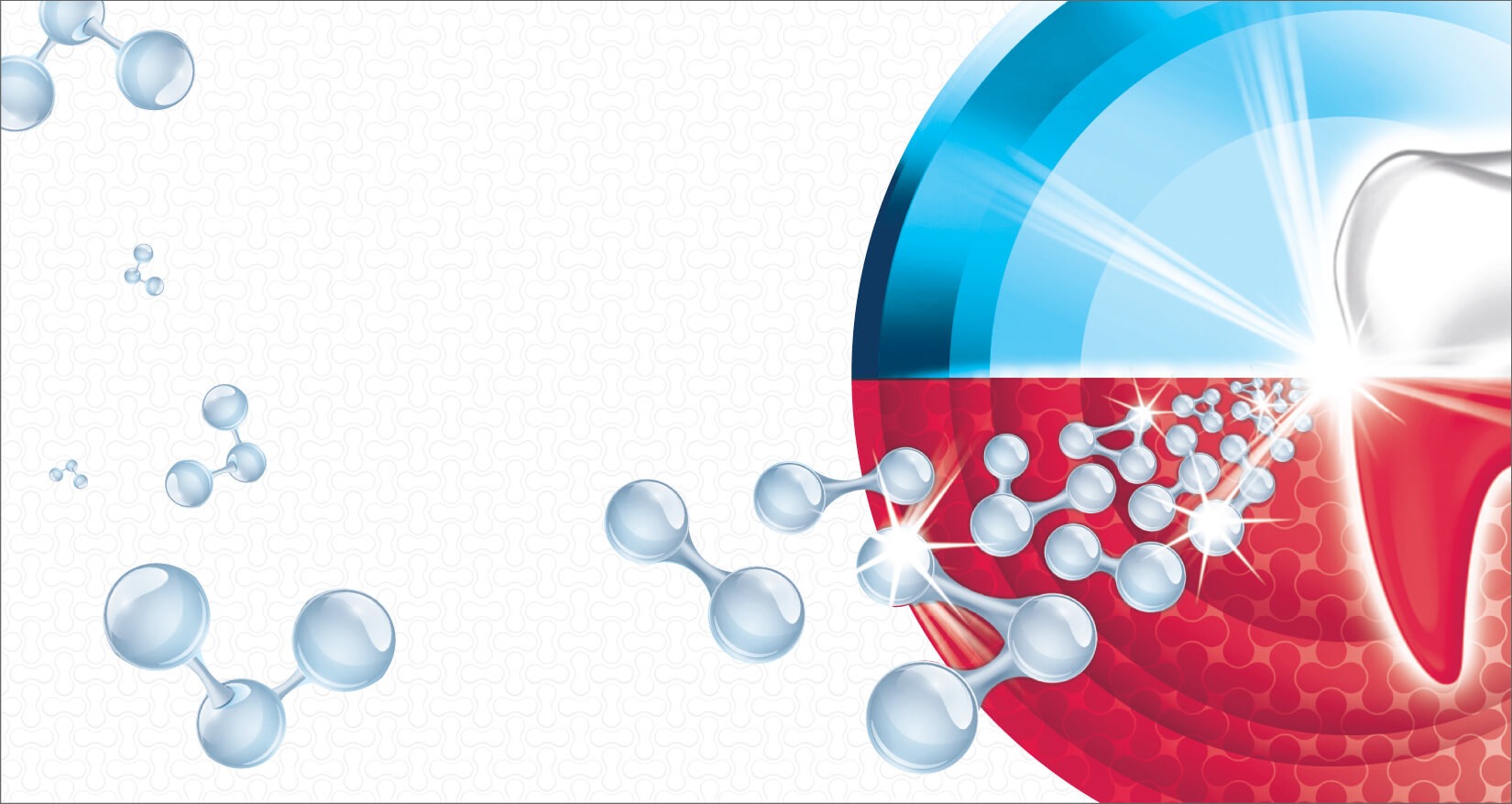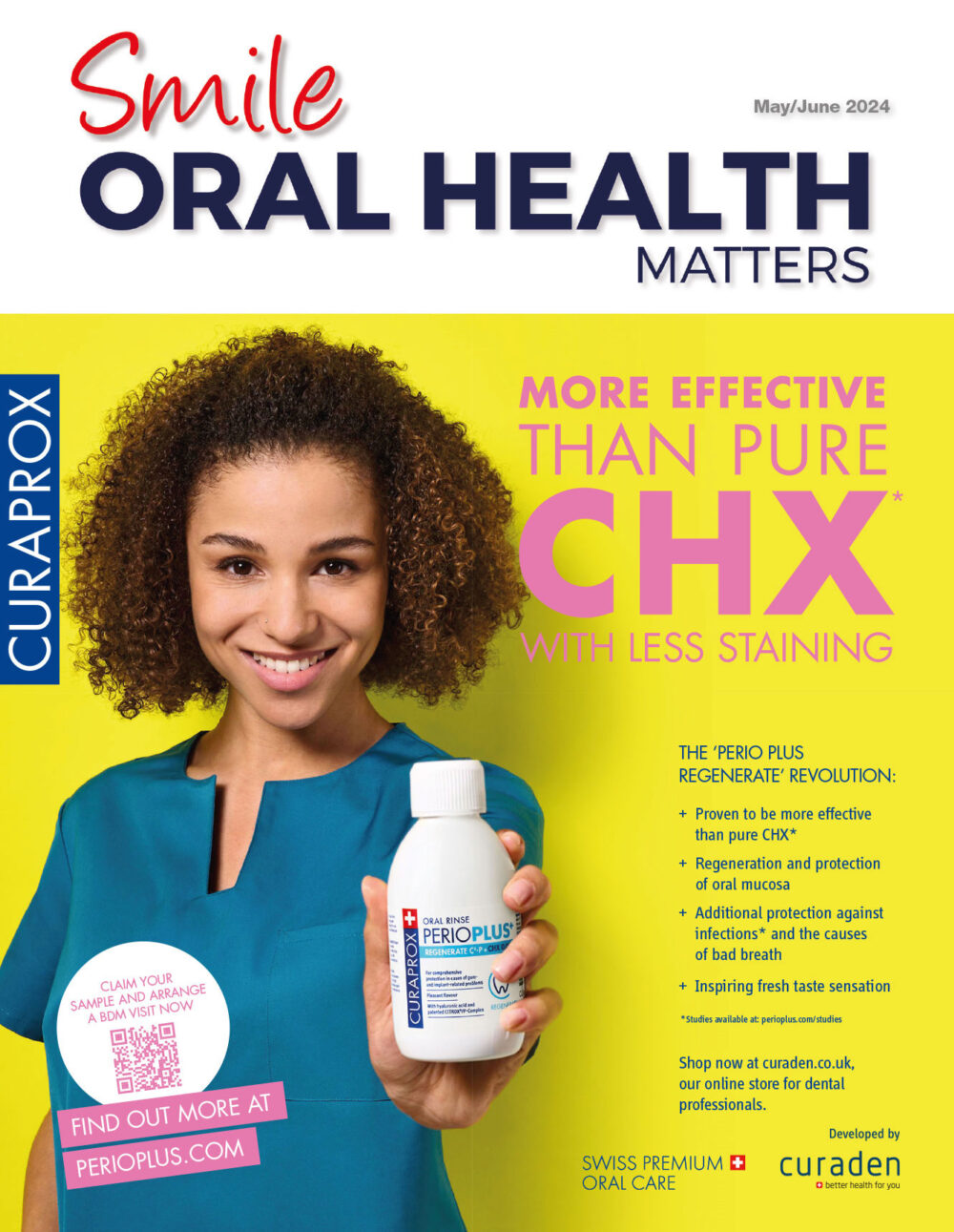Dr Rebecca Williams tackles a case of mild crowding using digital software and a Clarity bracket solution.
A young female patient presented at the practice dissatisfied with the appearance of her teeth and wanted them straightened. She sought orthodontic treatment for aesthetic improvement.
The patient was new to the practice but her family members were regular attenders who had recommended us. A full assessment of her dentition was conducted in December 2023. The patient presented with a Class I skeletal relationship and had no facial asymmetry. The naso-labial angle was normal and her lips were competent at rest. Moderate crowding was observed in the upper arch, and minimal crowding was present in the lower arch. This was the patient’s primary concern.
She had a Class I incisal relationship and the canines were in a Class II relationship by ¼ unit. The right molars were in a Class I relationship and the left were in a Class II relationship by ¼ unit. The centreline deviated 2mm to the right and there was a 2mm overjet with an overbite at 20%.
Mild wear was observed throughout the dentition. Adequate oral health was observed and the patient required no restorative treatment prior to care.
Figure 1 Pre-treatment smile close-up
Figure 2 Pre-treatment upper anterior close-up
Figure 3 Pre-treatment anterior in occlusion
Figure 4 Pre-treatment digital plan of anterior in occlusion
Figure 5 Pre-treatment digital plan of left lateral in occlusion
Figure 6 Pre-treatment digital plan of right lateral in occlusion
Planning the treatment
A range of treatment options were proposed, including fixed and removable appliances. After a comprehensive assessment was conducted, which included a full suite of clinical photographs and appropriate radiographs, information was sent to the lab and the case was also sent to my IAS Academy mentor, Dr Utpalendu “Pinks” Bose, to enlist his support for with this fixed brace case.
Following approval from Dr Bose that the case was manageable, SpaceWize+, the digital space calculator, was used to help plan the movement of the upper and lower arch. This shows how the dentition needs to move and by how much, highlighting if any extractions or a specialist referral is required. For this case the movements were relatively minor and straightforward: the lower arch needed 1.2mm of movement and the upper arch needed 1.1mm of movement.
A 3D simulation was used to illustrate to the patient what the dentition could look like following treatment – this was completed through Archwise software. 3D models and clinical photographs were excellent for the patient’s education and consent. Fixed orthodontics were chosen instead of aligners. Given the choice of brace, the patient wanted clear ceramic brackets and 3M Clarity brackets were advised. IAS plan the movements digitally and plan the placement of the brackets. The brackets are then provided pre-positioned on a jig, bespoke to the patient. Accurate results are achieved using 3M Clarity brackers, making them an excellent option for beginning a career with braces as you can be confident with the placement. The Clarity brackets were placed quickly and simply.
Appointments occurred every 6-8 weeks throughout treatment. The brace sequence started with a .012 NiTi wire then progressed without complication to a .016 NiTi wire. Treatment continued with a 0.20” x.020 wire and then a .019” x.025 without any problems.
Because of the movement planned through SpaceWize+, interproximal reduction (IPR) was needed. Using a space file, completing IPR by hand provided excellent control and the exact amount of enamel was reduced for optimal results. Throughout the treatment process, Dr Bose supported each clinical choice, offering invaluable guidance and enhancing my confidence.
The braces were removed ten months later, achieving the desired results. Tooth whitening followed, brightening the teeth uniformly to keep consistency in the shade colour. As there were not enough irregularities to justify composite bonding, signature contouring was performed. Safe and minimal, this improved the aesthetics of the final result and treated a couple of minor worn edges. The contouring also lined up the gingival margins. Fixed retainers were then made for the upper and lower arches, with removable retainers over the top.
The patient’s keenness to participate in a photoshoot afterwards reinforced her satisfaction with the treatment outcome.
She has since worn her retainers diligently and the results have endured.
Figure 7 Mid-treatment upper occlusal view
Figure 8 Mid-treatment lower occlusal view
Figure 9 Bond up upper occlusal view
Figure 10 Bond up anterior in occlusion with brace
Figure 11 Mid-treatment smile with hot pink powerchain
Figure 12 Mid-treatment right lateral with hot pink powerchain
Reflection
The treatment plan was followed without any unforeseen problems. Using SpaceWize+, Archwise and having the support of my IAS mentor ensured that the plan was carefully considered. Both the patient and I were thrilled with the outcome; the functional and aesthetic results exceeded expectations, especially after the contouring, and the shorter time frame was also welcome for the patient.
Gaining the confidence and skills during the Fixed Braces Course from the IAS Academy was imperative for cases like this early in my orthodontic career. From learning hands-on techniques under the guidance of a mentor to applying them to daily practice, continuing the orthodontic journey through further education is vital for attaining optimal results and managing more complex cases.
Completing this case showcased how all orthodontic treatments need careful planning and how technology can streamline the workflow for more reliable, predictable results. No matter the complexity of the treatment, being able to provide the smile that the patient wants is invaluable, allowing them to feel satisfied with their teeth. Motivating patients to consistently wear their retainers afterwards is also vital; it can be easy to let good habits slide, leading to poor maintenance of the teeth and the potential for the bite to gradually revert to its pre-treatment position. Patient compliancy increases a treatment’s lifespan and practitioners should always highlight the value of wearing retainers and having an effective daily oral hygiene routine to protect and preserve the smile.

Figure 13 Post-treatment left lateral in occlusion

Figure 14 Post-treatment right lateral in occlusion

Figure 15 Post-treatment smile close-up

Figure 16 Post-treatment upper anterior close-up

Figure 17 Post-treatment lower anterior close-up

Figure 18 Post-treatment anterior in occlusion
For more information on upcoming IAS Academy training courses, please visit www.iasortho.com or call 01932 336470 (Press 1)
 Author Bio
Author Bio
Dr Rebecca Williams is an Associate Dentist with the Cox and Hitchcock Dental Group in Cardiff, Wales. Since attaining her BDS from the University of Wales in 2007, Dr Williams has fuelled her passion for aesthetic dentistry and orthodontics with a number of courses from the IAS Academy, and is part way through the Advanced Diploma Course. She would like to thank Professor Ross Hobson and Dr Utpalendu “Pinks” Bose for all of their support and mentorship, her Principals, David Cox and Robert Hitchcock, for their amazing support, and her Dental Nurse, Robyn Hurley. Dr Williams’ work can be found on Instagram at @rebecca_dentist_art.
























